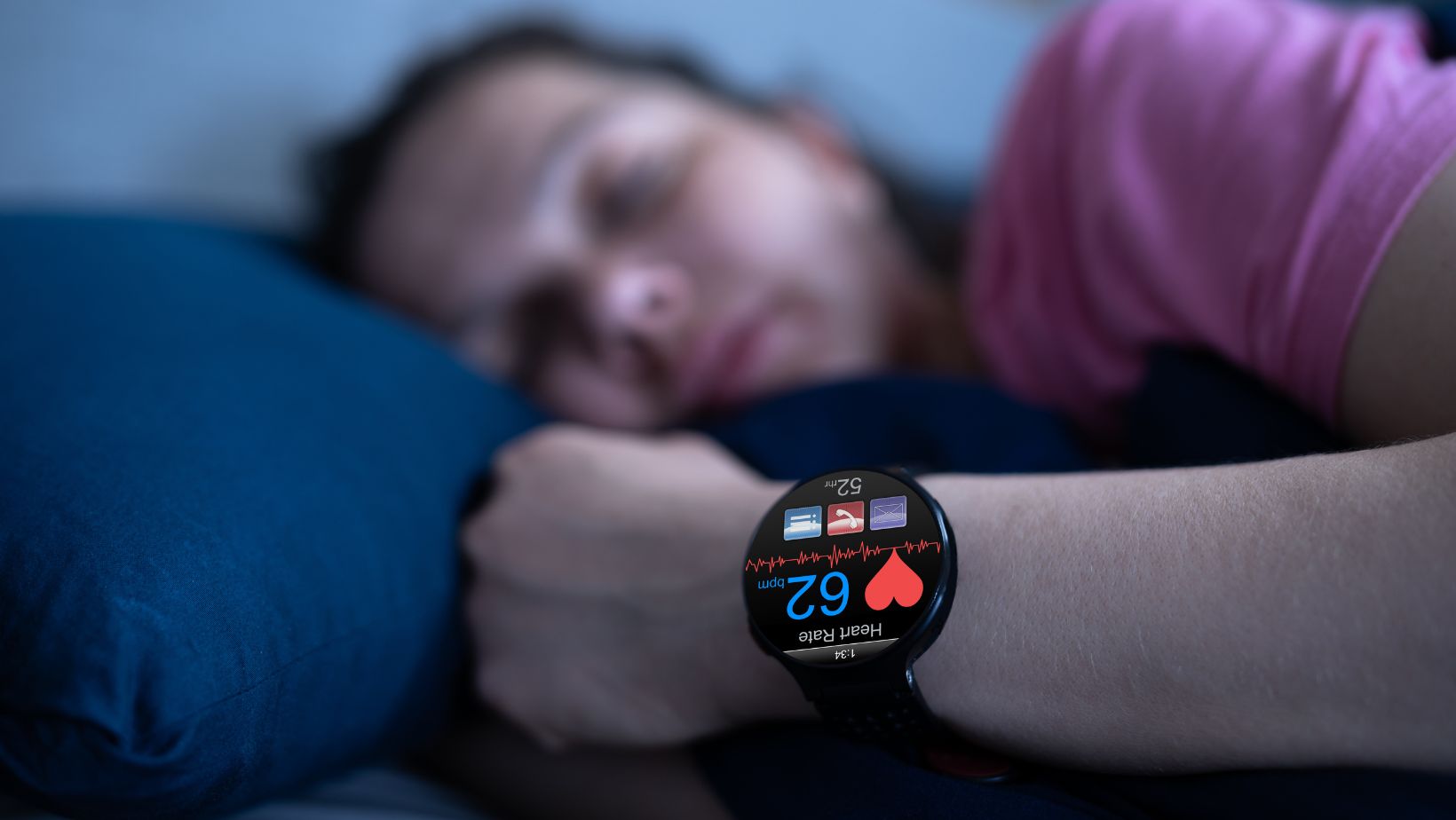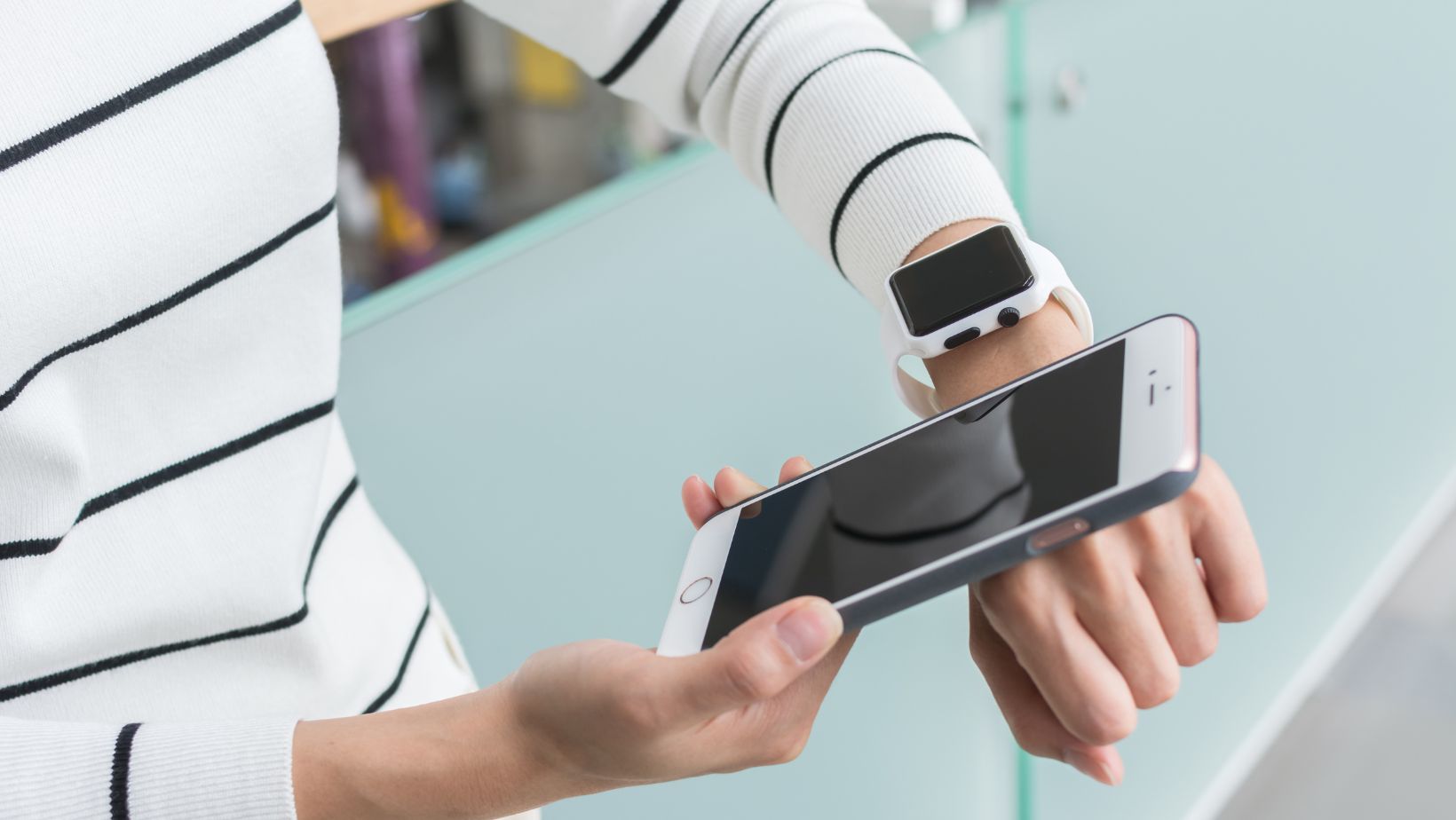In the blink of an eye, wearable technology has transitioned from science fiction to everyday reality. From fitness trackers monitoring our heart rate to smartwatches syncing with our smartphones, these nifty gadgets are redefining how we interact with technology and the world around us.
But what’s driving this fast-paced evolution? And how is it transforming our lives? This article delves into the fascinating world of wearable tech, exploring its rise, current trends, and the potential it holds for the future. Stay tuned as we unravel the intriguing tapestry of wearable technology, a realm where innovation meets practicality.
Understanding Wearable Technology
Dispensing with introductory statements, it’s critical to grasp what wearable technology constitutes. It refers to electronic devices that incorporate sensors and software, designed to be worn close to or on the surface of the skin. Examples help illuminate the concept; smartwatches like Apple Watch and fitness trackers like Fitbit exemplify wearable tech devices – compact, functional, and seamlessly integrated into daily routines.
Two components create these devices: microprocessors and sensors. Microprocessors in wearable tech, similar to those in smartphones and laptops, manipulate data and conduct device operations. Sensors, on the other hand, collect data from the wearer’s environment, measuring aspects such as heart rate or sleep patterns. In the case of Google Glass, an optical head-mounted display, the device utilizes voice commands and uses Google’s vast data networks.

Relaying the subject further, wearable technology employs connectivity technologies for data transmission and interaction. Bluetooth, Wi-Fi, and cellular networks provide avenues for these devices to link with other devices and cloud-based services. A simple illustration: one’s smartwatch syncing health data to a smartphone app.
Lastly, it’s vital to highlight wearable tech’s operating systems. Much like a computer or smartphone, wearable devices run on tailored operating systems. Apple’s watchOS and Google’s Wear OS serve as underpinnings, enhancing user interfacing and ensuring smooth execution of applications.
Types of Wearable Technology
Emerging from the synthesis of engineering and aesthetics, wearable technology takes many forms. They’re incorporated into diverse devices, each catering to different needs and applications.
- Smartwatches
Engaging in numerous functions, smartwatches impart the hands-free convenience of a wrist-based device. They bring an array of features, from alert notifications to GPS locators. Examples include Apple Watch and Samsung Galaxy Watch, operating under the watchOS and Wear OS platforms respectively. - Fitness Trackers
Fitness trackers monitor physical activity and vital health data. With sensors tracking heartbeat, steps, and sleep cycles, wearers gain insights into their health. Fitbit’s range of products, such as the Fitbit Charge series, are known for their advanced biometric readings. - Sports Watches
Providing specialized tracking for various sports, these devices give athletes the edge in training. Garmin’s Forerunner series, for instance, delivers dedicated running metrics while Suunto’s dive watches record underwater depths and diving time. - Smart Eyewear
Smart eyewear projects digital information onto the wearer’s field of vision, augmenting reality. Google Glass, for example, displays notifications and supports navigational aids using a tiny inbuilt projector. - Smart Clothing
Textiles integrated with technology, smart clothing marries fashion with functionality. Their embedded sensors record data about the wearer’s condition or environment. Bio-monitoring shirts, for instance, track heart rate and calories burnt, optimizing workout routines. - Body Cameras
Video recording devices attached to the body, body cameras capture first-person footage. Law enforcement agencies utilize them extensively to maintain accountability and transparency. - Healthcare Wearables
Offering crucial health statistics, these devices assist with health monitoring and disease prediction. Examples include portable ECG monitors and glucose monitoring patches that provide real-time updates for those with medical conditions.
As the tech industry refines and expands, an influx of innovative wearable devices is imminent. The integration of sensors, software, and miniaturized processors facilitate novel designs and uses, broadening the wearable technology universe.
The Impact of Wearable Technology on Our Lives

Wearable technology, with its integration of sensors, software, and miniaturized processors, presents a transformative influence on our everyday lives. It alters how we interact, engage, and perceive the world, both digitally and physically.
In the domain of health and fitness, wearable devices bring about significantly positive effects. Devices like fitness trackers and sports watches measure health-related metrics, offering individuals insights into their heart rate, sleep patterns, and calories burned. For example, someone using a Fitbit can track their daily steps and activity levels, boosting their motivation to lead a more active lifestyle. Similarly, the Apple Watch features an electrocardiogram (ECG) app, promoting preventive healthcare by enabling users to detect irregular heart rhythms potentially indicative of serious conditions.
Wearable technology also pilots changes in communication methods. Smartwatches and smart eyewear facilitate hands-free communication, increasing accessibility and convenience. Take Google Glass as an example, it allows wearers to access information, take photos, and interact with the digital world without disrupting their engagement with the physical environment.
Advantages and Disadvantages of Wearable Technology
Wearable technology carries a plethora of advantages that significantly enhance user experience. In healthcare, wearable devices aid in monitoring vital signs, while body cameras offer digital evidence for law enforcement. Fitness trackers, comprising of sensors and software, guide personalized physical training by tracking various health metrics such as heart rate, caloric burn and sleep patterns. Abundant forms of wearables, including smart eyewear and smart clothing, optimize productivity and efficiency in various sectors. Furthermore, interconnected experiences become a reality with wearable technology, enabling seamless communication and data sharing.
However, existing alongside the many advantages are a variety of disadvantages to wearable technology. The high cost associated with wearable devices often limits their accessibility, shrinking their potential impact on broad user bases. Additionally, suboptimal battery life in many wearables creates usage disruptions, negatively impacting user experience. Privacy concerns also arise with wearables, as massive data collection creates potential risks for user information being accessed or exploited. Furthermore, the reliance on wearable technology may lead to over-dependence, limiting users’ abilities to perform tasks without technological support.
The Future of Wearable Technology

Anticipation surrounds the future developments in wearable technology. Experts predict advancements in hardware miniaturization, ever-increasing computing power, and growing user acceptance as critical factors shaping the future wearables landscape.
Battery life serves as an ongoing challenge for wearable tech. Yet, advancements offer promising solutions with the advent of powerful, smaller, and more efficient batteries. For instance, newer battery technologies like Lithium-silicon and solid-state batteries promise extended life and form flexibility. Moreover, ambient energy harvesting may provide supplementary power, harnessing energy from body heat or movement.
The realm of software development, pivotal for wearable performance, could advance beyond recognition. Enhanced machine learning algorithms and artificial intelligence may increase wearables’ capacity to provide real-time analytics and personalized feedback.
A future with widespread use of wearable technology appears to be on the horizon. While there are hurdles yet to overcome, an array of exciting possibilities awaits, promising to reshape the relationship between technology and everyday living. This future sprawl encompasses transformative developments in energy efficiency, software sophistication, user interaction, data security, and health functionality. Ultimately, the goal remains to enhance user experiences, facilitate health consciousness, and foster seamless integration of technology into daily life.

